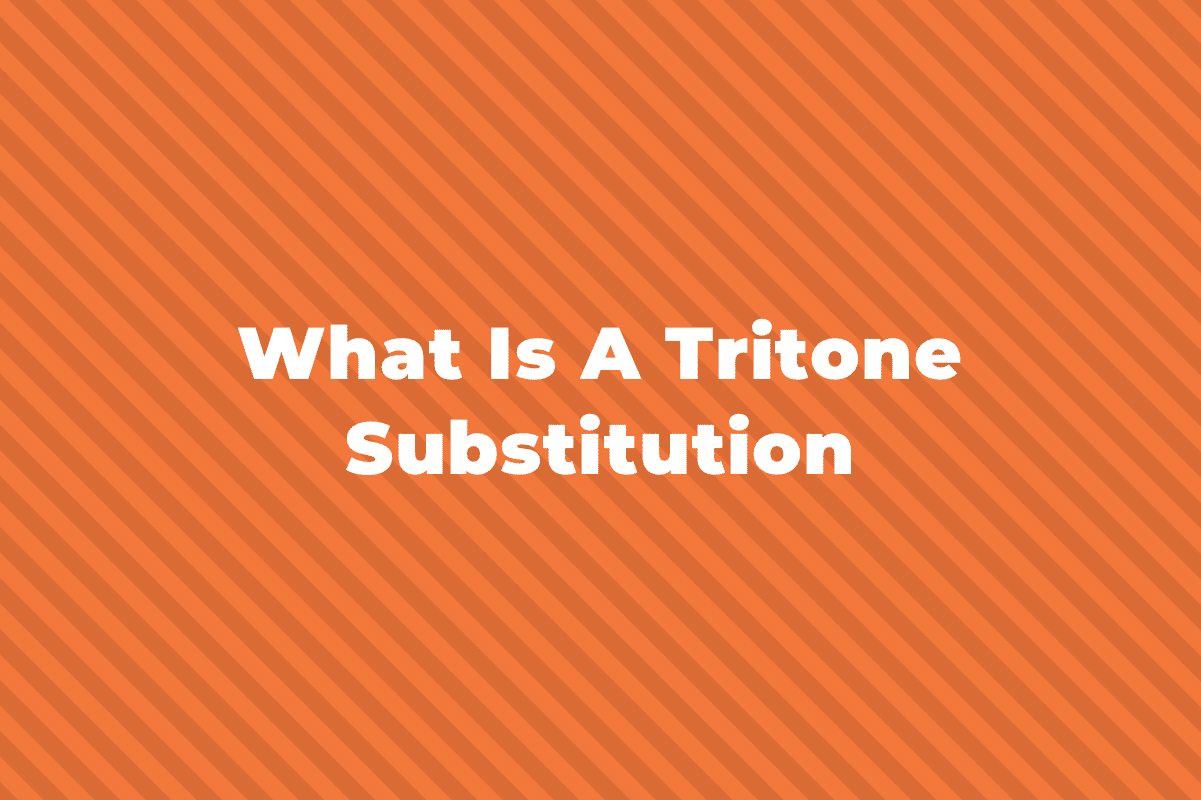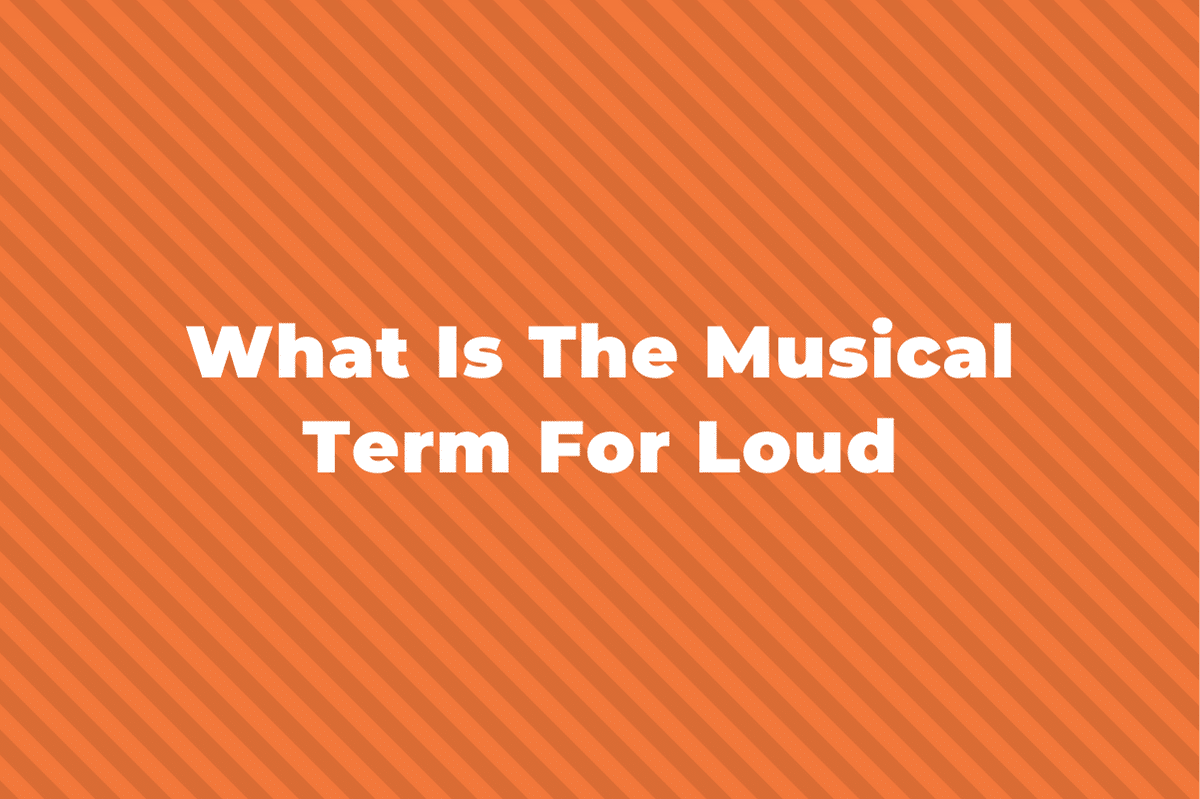As you may know, the cadenza is an integral part of a concerto. Concertos are defined as musical compositions for instruments in which a solo instrument or small group of instruments is contrasted against an orchestral ensemble.
Within the composition, the soloist and the ensemble relate to each other in various ways. The most notable is the cadenza, which showcases the abilities of the soloist with a full orchestra providing the backdrop for the performance.
In this post, we’re going to be explaining everything you need to know about cadenzas from what they are and where they’re used, to how they’ve changed over time. Let’s begin by first defining exactly what a cadenza is.
Definition of a Cadenza
So, what is a cadenza in music? Well cadenza is Italian for “cadence“.
We define the cadenza as a sequence of notes or chords comprising the final bravura passage of a movement.
You will find the cadenza at or near the close of a movement in a concerto, as well as in other solo works.
The cadenza usually serves as the climax, especially in solo concerti, and is often played unaccompanied where the rest of the ensemble will stop playing, except for the soloist.
Performing the final notes of the improvisation in a technically brilliant and unaccompanied manner is the wish of every soloist.
In reality, the orchestra pauses while the soloist performs, and then continues with the original composition.
You may also be wondering what a cadenza is in jazz music?
In jazz, the improvised or ornamental passage is also played or sung by a soloist or group of soloists. The passage of music is usually played in a loose or free rhythmic style.
Thus, allowing the musician to impress the audience with their technical and musical brilliance.
Performers’ ability to imbue cadenzas with emotion and meaning with brilliant technique is the true mark of a virtuoso.
While cadenzas were originally improvisations created by the performer, the majority of composers have written out their own cadenzas since the mid-1700s.
It is up to the soloist to interpret the cadenza while staying true to the composer’s notation.
As mentioned above, cadenzas are not only found in concertos.
History and Origins of Cadenzas
To understand what a cadenza is in classical music, we need to travel back in time to the 1600s.
The baroque period of classical music was characterized by very ornamental music.
In the concerto, composers contrasted the sound of a few musicians or one soloist against the full sound and volume of the entire orchestra.
The concerto was then further defined as a “Concerto Grosso” or a “Solo Concerto”.
A group of soloists combined against the sound of the orchestra is therefore referred to as a Concerto Grosso.
While one soloist, showcasing the capabilities of one single instrument against the backdrop of the orchestra, is referred to as a solo concerto.
In general, concertos are composed of 3 movements:
- A slow movement is followed by a fast movement which is then followed by a final fast movement. This is the hallmark structure of the classical concerto. In the first movement, the composer wishes to elaborate on many different ideas and emotions.
- The second, slow movement, allows the composer to be more intimate, more reflective, and more meditative with their audience.
- In the final movement, the composer develops their ideas to showcase the full technical abilities and virtuosity of the soloist.
The cadenza is then the moment, at the end of either the first or last movement, where the composer seems to freeze time.
You can imagine it as a pause for effect, in a speech. However, cadenzas are found throughout concertos and other types of music.
We now move on to the purpose of cadenzas.
What is the Purpose of a Cadenza?
Originally, the cadenza was an opportunity for a musician to improvise.
The cadenza is performed by the soloist in contrast to the orchestra providing a background or supporting role.
It is usually the most elaborate, difficult, and virtuosic portion that the solo instrument plays during the whole piece.
While mostly written for a single instrument, composers such as Rachmaninoff include flute, clarinet, and horn contributions to enhance the cadenza.
Examples of Cadenzas
To help understand cadenzas, it always helps to listen to a few to know exactly what they are.
The well-known cadenza at the end of Chopin’s Nocturne in E-Flat Major, Op. 9 No. 2 is a beautiful yet technically difficult passage of music.
Another good example of a cadenza may also be found in solo works such as Liszt’s 2nd Hungarian Rhapsody No. 2 in C-Sharp Minor:
Here are a few more examples of cadenzas.
Is a Cadenza Improvised?
So, how much of the cadenza is written by the composer, and how much is improvised by the modern soloist?
In the classical period, the cadenza was supposed to be improvised.
However, Beethoven decided to write his own cadenza for the violin concerto and all composers subsequently decided to impose their will on the soloists and composed the cadenza themselves too.
So, whether you are listening to Haydn, Mozart, or Beethoven, the cadenzas are fully notated.
The fanciful solo passages are indeed straight from the pen of the respective composers.
Jazz music is slightly different and performers often improvise during their performances.
What Does the Orchestra do During a Cadenza?
When a soloist is playing a cadenza, the orchestra or ensemble nearly always stops playing.
This allows the musician playing the cadenza to perform their cadenza without the constraints of playing in time with the other members of the orchestra.
In Closing
Cadenzas provide the soloist with an opportunity to showcase their talent, placing them, fully exposed, in the spotlight.
Many hours of practice are required to master cadenzas that have the consistency of grace notes, without logical structure.
When played well, they sound like a gorgeous improvisation. Played poorly, they sound like a mess.
Composers utilize the cadenza as an opportunity to exhibit their inventiveness and improvisational skills.



